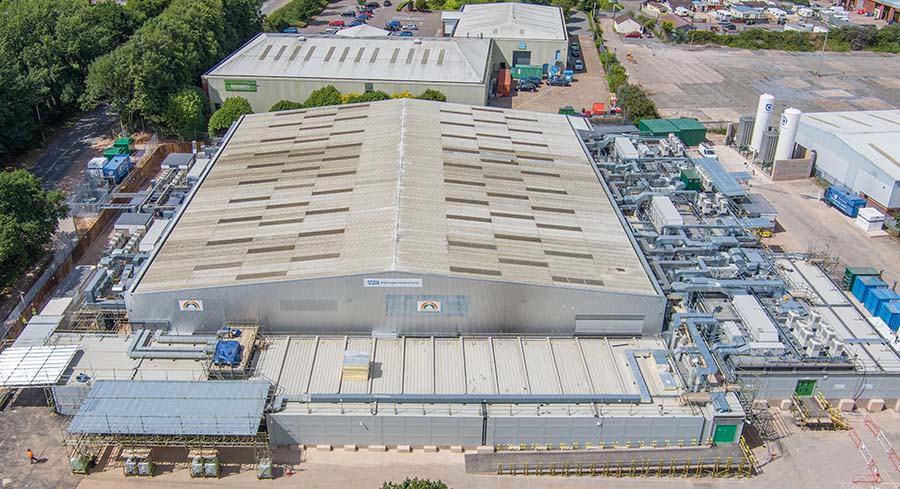
Offsite construction is a construction method in which the building components are assembled at a location away from the place of use, before being installed. This is also known as prefabrication, modularization or modular construction.
Offsite construction is used to build all types of buildings, including commercial and residential buildings, industrial facilities and even healthcare facilities. This method has several benefits, including:
– Quicker completion time: Since construction work can be carried out offsite, this saves time and money. This is especially beneficial when working on large projects where large numbers of workers are needed to complete the job quickly.
– Lower cost: By eliminating site costs such as labor, materials transport costs and equipment rental charges, offsite construction reduces your overall project cost considerably.
– Better quality control: With every aspect of an offsite project controlled from start to finish by a single contractor or team of contractors, there are fewer opportunities for errors to occur during installation than with traditional construction methods that involve multiple contractors working simultaneously on different aspects of the same building project.
In healthcare construction, cost savings are a major benefit of offsite construction. As part of the design-build process, the architect, engineer and other consultants are brought into the project early on to ensure efficiency in the design phase. Once the design is complete, it is sent to the manufacturer for fabrication or assembly. The ability to manufacture pre-designed components allows for greater efficiency and cost savings during construction.
Another key benefit of offsite manufacturing is that it can be made with materials that meet LEED standards for sustainable building practices. For example, many buildings are constructed using concrete that meets LEED requirements for recycled content or low volatile organic compounds (VOCs). These standards help reduce environmental impact by reducing waste and pollution associated with traditional building methods.
Healthcare facilities are built using sustainable materials in order to reduce their carbon footprint as well as protect our environment from harmful chemicals released into the air or water during construction or demolition activities. Offsite manufacturing allows builders to use materials that have been certified by third-party organizations like Green Building Certification Institute (GBCI) or Leadership in Energy and Environmental Design (LEED).
The construction time for healthcare facilities is typically longer than for other types of buildings. Building a hospital or medical office building on-site can take months or even years to complete. The length of time required to build on-site depends on several factors, including the size and complexity of the project, the amount of customization needed, and any unforeseen obstacles or complications that arise during construction. You can contact Merit Construction Projects for more information.




